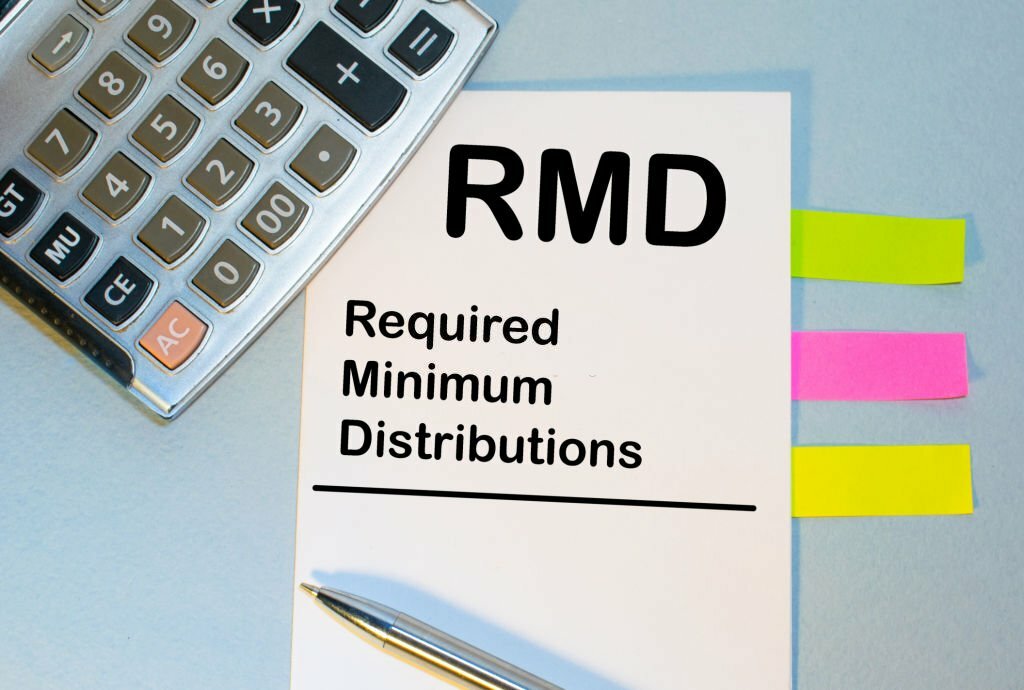Taxes
Stressing About RMDs? Here Are Two Ways to Reduce or Even Eliminate Them
How might required minimum distributions affect your retirement, your tax situation, and your legacy with loved ones?
Oct. 09, 2023

By Stefan Greenberg, CFP, CFS, CLTC, Kiplinger Consumer News Service (TNS)
Now might be a good time to start thinking about how RMDs, or required minimum distributions, might affect your retirement, tax situation, and perhaps the legacy you hope to leave your loved ones someday.
Recent legislation with new RMD rules has increased the age at which you must begin taking annual RMDs from your 401(k), IRA or other qualified retirement plan to age 73. By 2033, that age will increase to 75.
Imagine you are age 73 and have accumulated $2 million in your 401(k) or another qualified plan. The amount of your annual RMD is based on life expectancy tables calculated by the IRS. At age 73, the table indicates a factor of 26.5 for 2023. Divide $2 million by that number, and you’ll find that your RMD for the year will amount to more than $75,400. Now imagine you’re in the 35% tax bracket and do the math again. That’s a tax liability of $26,390.
Of course, your tax liability will change from year to year, depending on your age and how much remains in your retirement account, but you get the idea. If you truly need the assets in your plan to meet retirement expenses, you’ll have to bite the bullet. If you don’t need these assets and wish to let them grow unimpeded by taxes and serve as an inheritance for your loved ones, here are two ideas to consider:
1. Qualified longevity annuity contracts (QLACs)
Issued by insurance companies, this specialized type of annuity is available only to qualified retirement plan participants. You may transfer up to $200,000 of your plan assets to a QLAC with no tax consequences, provided you are between the ages of 73 and 85. By doing so, you achieve the following:
- You reduce the amount of your plan assets that are subject to RMDs. As a result, your RMDs will be smaller and subject to less tax liability.
- Your QLAC will generate a stream of guaranteed income for the rest of your life. You may begin receiving this income before you reach age 85. Income is fully taxable, but if you wait until age 85 before receiving it, you may find yourself in a considerably lower tax bracket.
- You may provide your heirs with a death benefit in exchange for lower guaranteed income payments. Your heirs have the choice of receiving their inheritance in guaranteed payments or a lump sum. Either way, they must liquidate their holdings within 10 years after receiving them.
- One caveat: Once you transfer assets to a QLAC, you will not be able to access your money until your income payments begin.
2. Roth IRAs
Here’s an idea that may trigger higher taxes immediately but no tax in the future. By converting your traditional IRA to a Roth IRA or rolling over your 401(k) to a Roth IRA, you pay taxes on all the assets in question. However, you pay no tax on future growth and withdrawals. In addition, assets in a Roth IRA are not subject to annual RMDs, so your assets can continue to grow tax-free and provide you with the ability to:
- Withdraw assets tax-free should you need them to meet emergency expenses
- Provide your heirs with a substantial tax-free inheritance and the ability to make withdrawals as needed with no tax liability
Rules differ slightly, depending on whether your beneficiary is a child or spouse. In the case of a child, he or she must liquidate the inherited Roth IRA within 10 years after the parent’s death. In the case of a spouse, the 10-year rule is not in effect, and the spouse can treat the IRA as his or her own.
Which choice should you make?
The QLAC option will reduce your RMDs but not eliminate them. It will defer tax liability until you begin taking guaranteed income payments, but those payments will be fully taxable.
The Roth IRA option offers the flexibility to make tax-free withdrawals and achieve tax-free growth for the rest of your life. However, it requires what will probably be a sizable payment to the IRS upon converting your traditional IRA or rolling over your 401(k).
If you want the flexibility of being able to withdraw assets from your plan and leave them to your heirs with no tax consequences, the Roth IRA may be a better choice.
But remember, the QLAC option only requires you to transfer up to $200,000 from your traditional IRA or 401(k). You won’t have access to these funds, if you need them, but you will have access to the remainder of the assets in your plan, albeit on a taxable basis.
In addition, you will reduce your RMDs and thus your annual tax burden until you reach the age at which you will begin taking guaranteed income payments.
Lenox Advisors Inc. (Lenox) is a wholly owned subsidiary of NFP Corp. (NFP), a financial services holding company, New York, NY. Securities and investment advisory services offered through qualified registered representatives of MML Investors Services LLC and NFP Corp. Member SIPC. 90 Park Ave., 17th Floor, New York, NY 10016, 212.536.6000. Services will be referred by qualified representatives of MML Investors Services LLC (MMLIS).
ABOUT THE AUTHOR
Stefan Greenberg, CFP, CFS, CLTC, is a managing partner who has been with Lenox Advisors since 2005.
______
All contents copyright 2023 The Kiplinger Washington Editors Inc. Distributed by Tribune Content Agency LLC.
